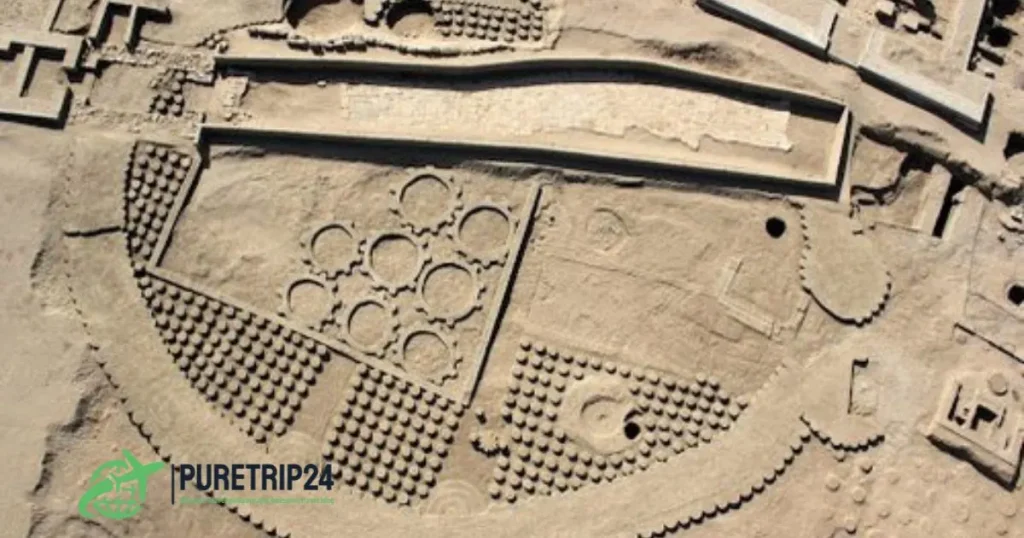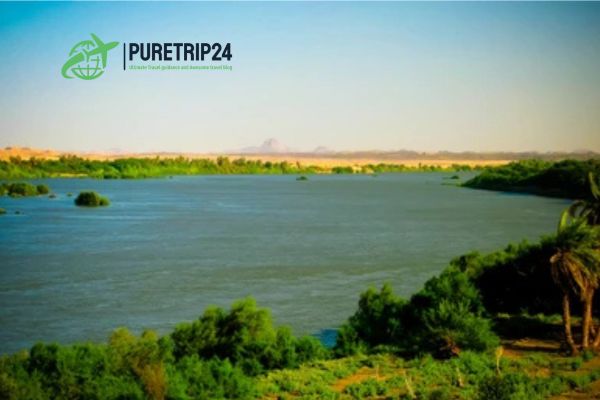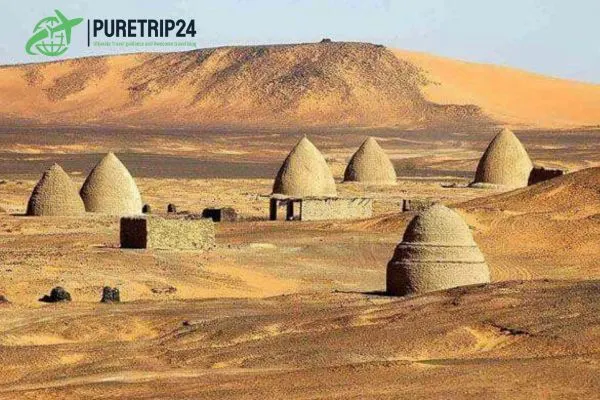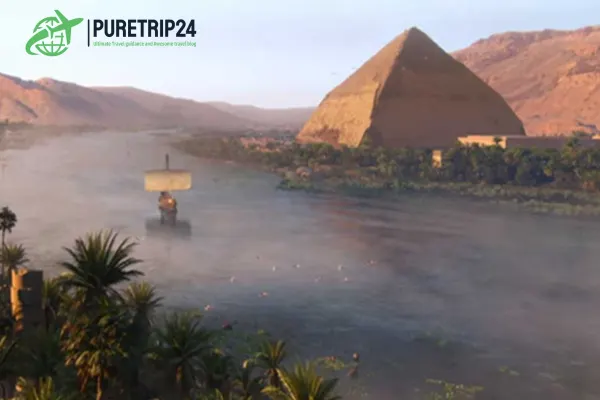Welcome to PureTrip24! For the most adventurous and historical trip of a lifetime Karma, Sudan tops that list. A former major city of the Kingdom of Kush! And a very old one, which offers areal regard back to Sudan’s rich days gone by. Looking to have an unforgettable time in Kerme through this definitive complete guide.

Overview of Kerma
Kerma is an ancient city located in northern Sudan, about 50 kilometers south of Dongola on the banks of the Nile. It is home to the ancient Kingdom of Kerma, which flourished from around 2500 BC until about 1500. The region was a major player in trade, culture, and power; it’s an important place to hit if you’re interested in the history of ancient Africa.
Why Visit Kerma?
IMPORTANCE OF THE SITE: The role of Kerma makes it possible to better understand old civilizations and their repercussions in the region.
Major archaeological sites—the temples, pyramids, and tombs of revered rulers—line up one after the other to tell you a tale.
There are traditional cultural encounters: These include meeting with the local communities to have a feel for their way of life, which will make your visit even more enriching.
Getting to Kerma

Location and Accessibility
Dongola in turn can be reached quite easily and serves as a portal to the region level of sudan. It can be accessed from the road, which takes 10 hours and goes through Khartoum Or fly into Dongola, then get a taxi or rent a car to Kerma.
Best Time to Visit
The best time to visit this place is from November to March, its temperature falls in December & January making it suitable for outdoor activities. Not only would April to September be oppressively hot in the (desert archeology sites of Petra, Jarash) summer sunshine of Jordan’s desert regions while you were exploring ancient Roman ruins REFERENCED SITES but it could also raise questions as to how many hours a woman visitor can expect full protection from her chaperonage accommodating host.
What to See and Do in Kerma
Women still wearing the dresses of those days; Explore Kerma Archeological Site.
This is truly the highlight of your visit where you will find the Kerma Archaeological Site. An example of what you may see is 2.5 mins Read Now →
The Great Mudbrick Temple – an enormous structure dating back to the Kerma Period which reveals much of how ancient people would go about constructing such temples and living their lives spiritually.
52 Pyramids of Kerma: Located near the pyramids in Egypt, these structures are relatively unknown but exceedingly interesting to visit. These remind us of the royal places with some special distinctiveness.
Pyramids (but NOT in the same style as Egyptian, mind you): Scattered throughout the area is a plethora of mounds [44], containing Nubian nobles and fabulous treasures that have allowed us to study how these people buried their dead, who they were, And some about otherwise-overlooked aspects of sociohierarchical priorities.
Visit Local Communities
Kerma shares borders with several local villages where people are very friendly and visitors who pass by may share lunch or simply get to know them better. Take the opportunity to:
Interact with the Locals: Know Their Cultures, Craftworks, and Lifestyle. Such interaction not only makes your traveling but also helps you gain a better understanding of the Sudanese culture.
Traditional Food Finally, the place is an excellent chance to taste local prepared by the welcoming villagers. Suffused with products of the land and sea, those flavors — along with what the menu says they contain (or should) betray a reliance on local peninsula agriculture.
Scenic Views Along the Nile

Surrounded by lush vegetation, and overlooking the gentle running waters of The Nile River with plenty of cleverly shaded sitting areas where patients can meditate. Consider:
Watching the sunset — Walking by the river at dusk and watching as the sun sets below you, coloring in orangeish-pink colors onResume
Photography:Take your camera to document the beautiful scenery and ancient ruins with some local life.
Practical Tips for Your Visit Of Karma at puretrip24
- What to Pack
Dress Modestly — a light and comfortable layer of clothing made from breathable materials, to help keep you fresh in the hot climate. Respect local customs by wearing long sleeves and trousers.
Walking Shoes: Be sure to have walking shoes on for the trek across the archaeological sites.
And, Sun Protection. Carry your suncream- breast hat and sunglasses too because of the open goddamn door LOL!
- Safety Precautions
Traveling in groups — If possible do not travel alone, use the option to hire a guide if you visit someplace new.
Water: Take extra water with you to avoid becoming dehydrated in hot weather.
- Respect Local Customs
Cultural Sensitivity: Always take permission before clicking a photo of somebody or their property. Respect for traditions in place
Speak: Arabic (Official language – English may also be spoken by many locals. Furthermore, speaking a few general Arabic sentences can improve your relationship.
Nearby Attractions
If you have additional time, maybe it is worth exploring nearby finer things at:

- Dongola
The city of Dongola is the beating heart for travelers. Wander through local markets, sample hand-crafted fare, and discover the historical sites of Dongola Cathedral.
- Old Dongola
Close by are the ruins of Old Dongola which belong to the Makurian Kingdom, this site includes old churches and many other relics that shed light on what Southern Nubia was like.

- The Nile Valley
Enjoy the magnificent scenery of the land on both sides of the Nile Valley, you can do any activities there are in outdoors like hiking, fishing, and bird watching.
Conclusion
It is a destination that provides great insight into history past, and enriching culture in the present — Kerma. Every piece of the journey, from seeing ancient ruins to meeting with locals will make you love this part of Sudan even more.
